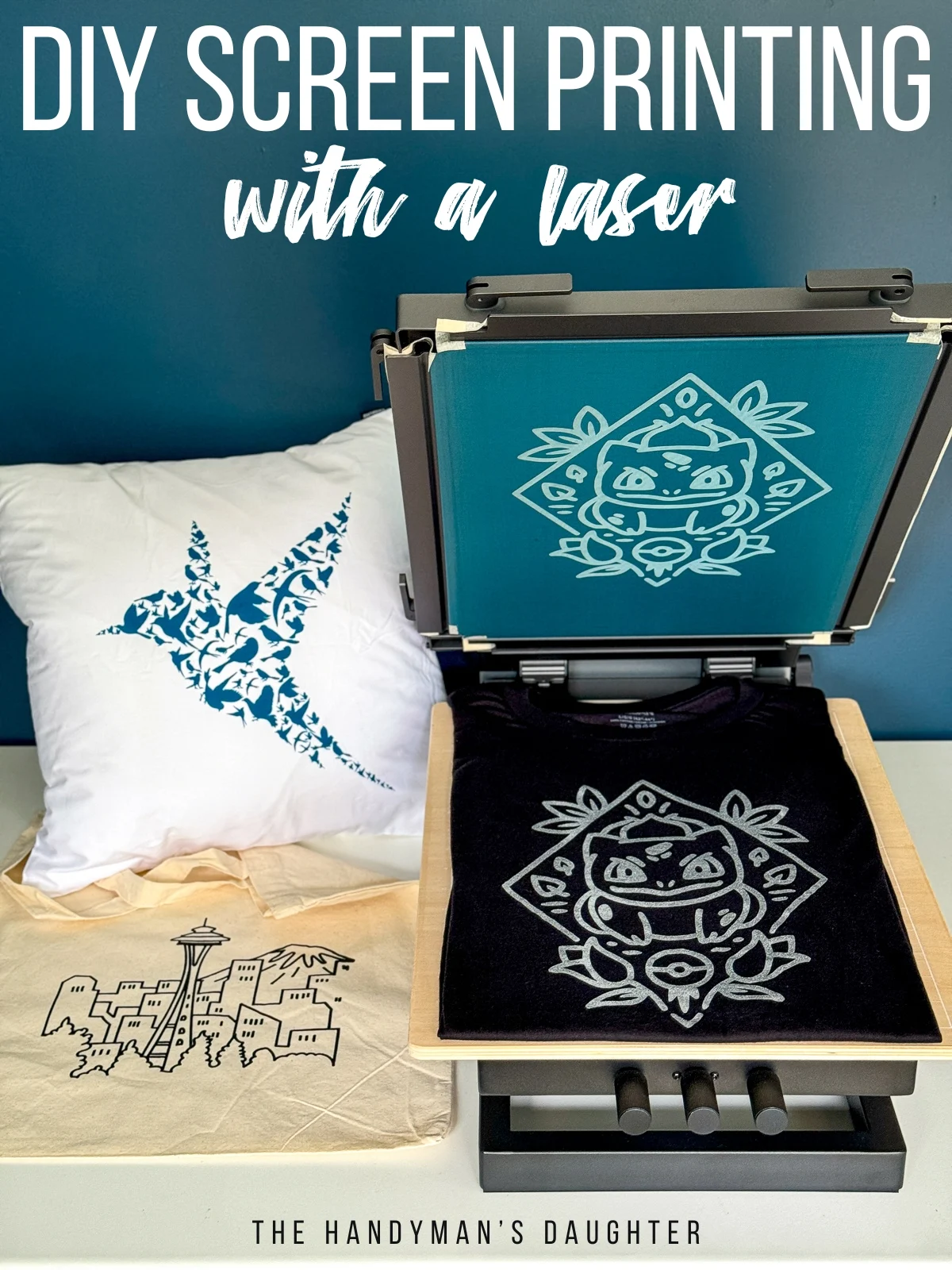ChatGPT said: Unbiased breakdown of 10:9 Design reviews: what you should know before ordering
The Essential Guide to Comprehending Screen Printing and Its Versatile Uses
Screen printing has an abundant history that goes back to ancient times, advancing into an advanced technique made use of across numerous markets today. This overview discovers the ins and outs of the screen printing process, describing its applications in fashion, advertising, and home style - 10:9 Design Texas. Understanding these basics can open creative capacity for both business and artistic projects. The complying with areas will certainly reveal necessary pointers and methods to improve one's screen printing undertakings
The History of Screen Printing
Although screen printing has origins that map back centuries, its advancement shows the imaginative and technical advancements of various cultures. Coming from old China, the method was originally made use of for enhancing fabrics and later spread to Japan, where it became essential to Ukiyo-e woodblock printing. The technique moved to Europe in the 18th century, where it gained appeal among craftsmens and business printers. The development of image solution in the 20th century changed screen printing, permitting for even more intricate designs and greater performance. Musicians like Andy Warhol better thrust its appeal, using the medium to develop legendary jobs that mixed commercialism and fine art. By the late 20th century, screen printing had developed itself as a versatile technique, utilized in vogue, marketing, and art. Today, it remains to progress, incorporating digital technology and increasing its applications across various sectors.
The Screen Printing Process Explained
Screen printing transforms imaginative visions into tangible layouts with a series of precise steps. Initially, a photo is developed and then moved onto a screen, commonly constructed from great mesh material stretched over a structure. A light-sensitive emulsion is applied to the screen, which is revealed to light, setting in areas not covered by the photo. After rinsing the unhardened emulsion, a stencil is formed.
Next off, the screen is placed over the substratum, whether it be fabric, paper, or one more material. Ink is then pressed via the open locations of the pattern using a squeegee, transferring the design onto the substrate below. This procedure can be duplicated for several shades, requiring different screens for every tone. The printed product is healed using heat to ensure the ink sticks properly, resulting in a long lasting, vibrant design prepared for usage.
Kinds Of Screen Printing Techniques

Additionally, specialized techniques, such as discharge screen printing, get rid of dye from the textile to produce softer prints, while aluminum foil screen printing applies metal foil to accomplish a glossy surface (10:9 Design reviews). Each technique uses distinct qualities, satisfying various innovative needs and production ranges, ultimately broadening the opportunities within the screen printing domain name
Applications of Screen Printing in Various Industries
In addition, the signage and marketing fields utilize screen printing for producing attractive screens and banners. This approach enables vibrant colors and elaborate styles that record attention. In electronics, screen printing is utilized for using conductive inks to motherboard, important for element links. visit homepage Moreover, the home design market welcomes screen printing to generate distinctive layouts on fabrics and wall surface art. Generally, screen printing offers as an essential tool across varied areas, boosting items with individualized and aesthetically enticing graphics.
Tips for Effective Screen Printing Projects
While undertaking a screen printing project, careful attention to information can substantially boost the last end result. Initially, choosing top notch products is necessary; this consists of the screen, inks, and substratums. Making use of proper mesh matters can impact ink deposition and detail resolution. Prep work is just as crucial; complete cleaning of screens and correct direct exposure times ensure crisp prints.
Next, accurate registration is important for multi-color prints. Making use of positioning tools can help achieve specific layering. In addition, testing prints on scrap materials before production assists identify possible problems without squandering sources.

Frequently Asked Questions
What Materials Are Best for Screen Printing on Textile?
Cotton and polyester blends are ideal for screen printing on fabric due to their durability and ink absorption. Additionally, specialty textiles like silk or canvas can generate one-of-a-kind appearances and surfaces, improving the general design quality.
Just how Do I Tidy and Maintain Screen Printing Devices?
To preserve and clean screen printing equipment, one need to regularly clean screens with suitable solvents, inspect mops for wear, lube moving components, and shop all items in a dry, dust-free environment to lengthen their life expectancy.
What Are the Environmental Influences of Screen Printing?
Screen printing can have considerable environmental influences, including chemical waste from inks and solvents, water use during cleansing processes, and energy intake. Sustainable techniques and green materials are necessary for reducing these adverse impacts.
Can Screen Printing Be Done in the house Successfully?
Screen printing can be efficiently done at home with the appropriate materials and strategies. Hobbyists can produce quality prints, though success depends upon their ability level, tools, and understanding of the process included.
What Are the Prices Connected With Beginning a Screen Printing Company?

Starting a screen printing business includes costs for equipment, materials, and work area. First costs generally vary from a couple of hundred to several thousand dollars, depending on the scale, high quality of equipment, and wanted manufacturing ability.
Screen printing has an abundant history that dates back to ancient times, evolving into an advanced method utilized across different markets today. One more method, rotating screen printing, utilizes cylindrical screens, assisting in constant printing on material rolls, consequently improving effectiveness for massive manufacturings. Furthermore, specialty techniques, such as discharge screen printing, remove dye from the fabric to develop softer prints, while aluminum foil screen printing uses metal foil to achieve a shiny coating. In the style sector, screen printing is widely used to develop vivid layouts on clothing, allowing brands to display their one-of-a-kind designs. Cotton and polyester blends are optimal for screen printing on fabric due to their resilience and ink absorption.